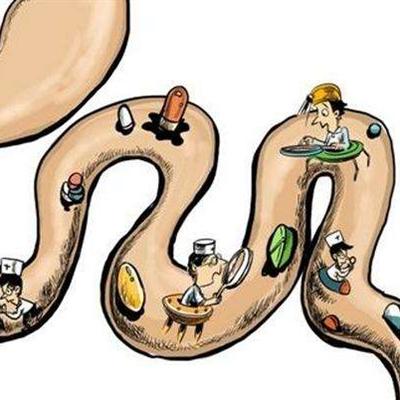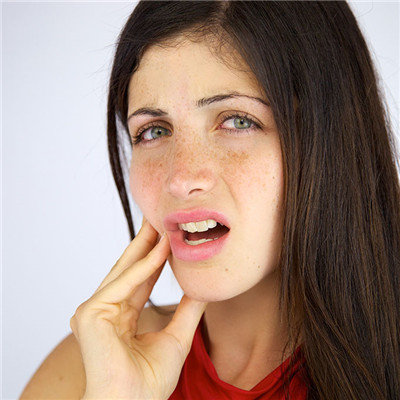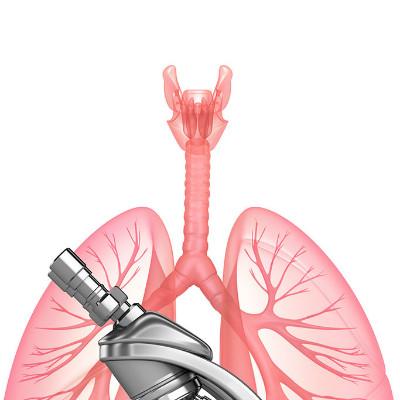Does silent silence belong to coma?
summary
Motionless silence is a special type of disturbance of consciousness, which is also called wake-up coma, persistent vegetative state, hypersomnia, deep sleep state, and confused awakening syndrome. The disturbance of consciousness can be divided into low level of consciousness, change of consciousness content (delirium) and special disturbance of consciousness (silent disease, peeling syndrome). The basic manifestation of motionless silence is that although there may be reflexive limb movement to the stimulation, there is no random movement, self speech and any emotional response, and there may be spontaneous eye opening, gaze and follow-up actions like those in awakening. Combined use of bromocriptine and Madopar in the treatment of AM patients caused by severe craniocerebral injury can achieve better results. So, does the silence belong to coma?
Does silent silence belong to coma?
This disease is caused by the damage of reticular activation system and prefrontal limbic system in the upper part of brain stem. The first reported case was the third ventricle epithelioid tumor. The later reported primary brain tumor, pineal gland tumor, metastatic tumor, cerebral vascular disease (thrombosis, brain stem softening, hemorrhage), rupture of internal carotid artery aneurysm, encephalitis, extensive small softening focus in cerebral hemisphere, thalamus surgery, sleeping drug poisoning, etc. were the causes of the disease. There are different reports about the lesion sites of this disease, such as corpus callosum, bilateral anterior cingulate gyrus, frontal lobe, frontal orbit, diencephalon, midbrain, white matter of bilateral cerebral hemisphere, etc. Some people think that it is not a specific part of the damage. Some people call the patients whose lesions are mainly located in the prefrontal limbic system as type I (AMS - Ⅰ) and the patients whose lesions are mainly located in the midbrain diencephalon as type II (AMS - Ⅱ).

There are differences in lesion location between silent silence and decortication syndrome, but it is difficult to differentiate them clinically. The main difference between AM and vegetative state is that am can open eyes or under sound stimulation, and the eyeball can gaze at or move with objects. The reversibility of am in the clinical process is remarkable, but the decortication syndrome is almost impossible to recover, which can be used to distinguish the two. On the other hand, in the lesion site, am has specific anatomical sites, while decortication syndrome is "extensive" damage, including many anatomical sites with different functions.

Silent, limbs no autonomous movement, abnormal eye, chewing and expression movement, more conscious disorder, consciousness can be restored after treatment, but can't remember the things before conscious disorder. The patients with conscious existence and orientation maintenance, or excessive sleep state. Most of the people who keep the rhythm of sleep and wake are easy to wake up when they give stimulation during sleep. incontinence. Electroencephalogram was extensive δ Waves and (or) θ However, the low-voltage fast wave, which is characteristic of brainstem damage, is not obvious. The early and late wave components of SEP are not easy to appear in severe cases.

matters needing attention
There is a lack of effective treatment for silent silence at home and abroad. In recent years, the combined use of bromocriptine and Madopar in the treatment of AM patients caused by severe craniocerebral injury has achieved ideal results. Bromocriptine is an agonist of dopamine receptor. It can selectively act on the postsynaptic membrane of dopamine receptor in the brain and increase its sensitivity. When dopamine transmitter decreases, bromocriptine can improve its central role. Madopa is a compound of levodopa and Benserazide. It can easily pass through the blood-brain barrier and decompose into dopamine in the brain after taking, which directly improves the central dopamine level. The combined use of bromocriptine and Madopar has a positive and synergistic therapeutic effect on patients with brain dopaminergic nervous system injury, which can promote the recovery of consciousness, increase emotional activity, and relieve speech and limb dysfunction.














